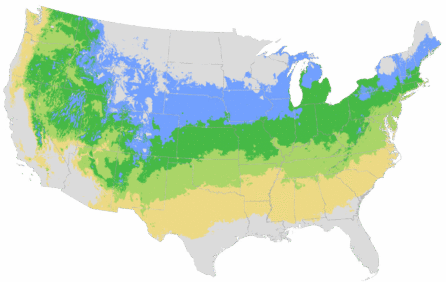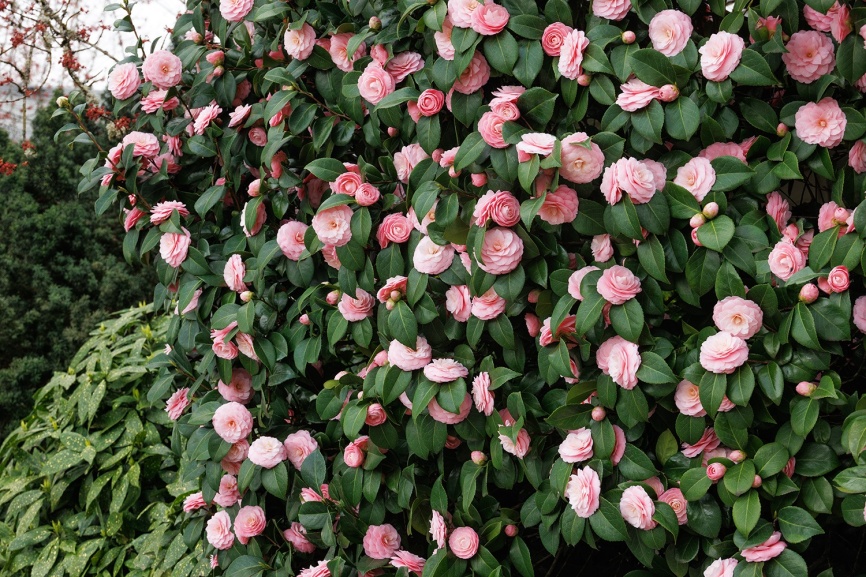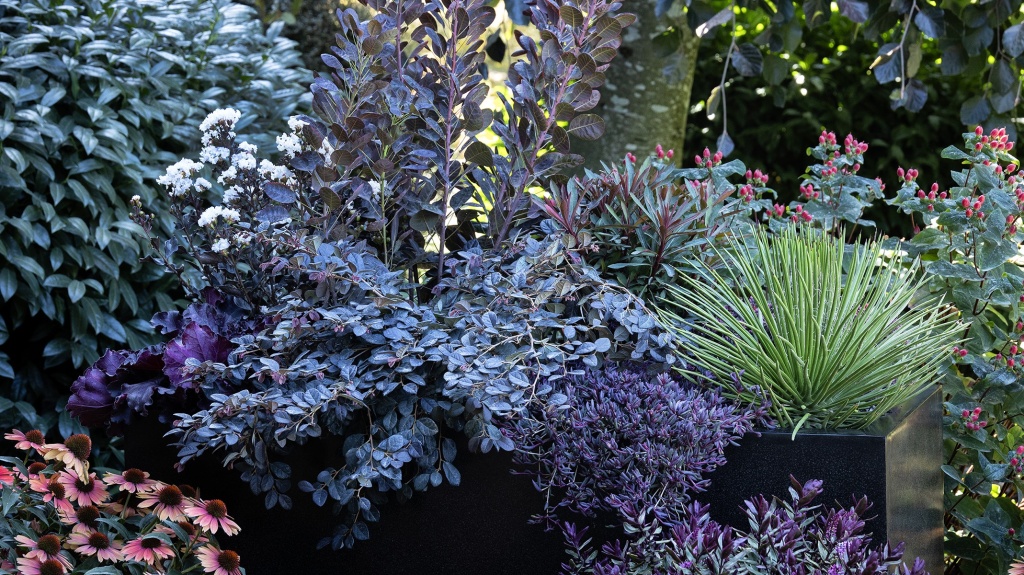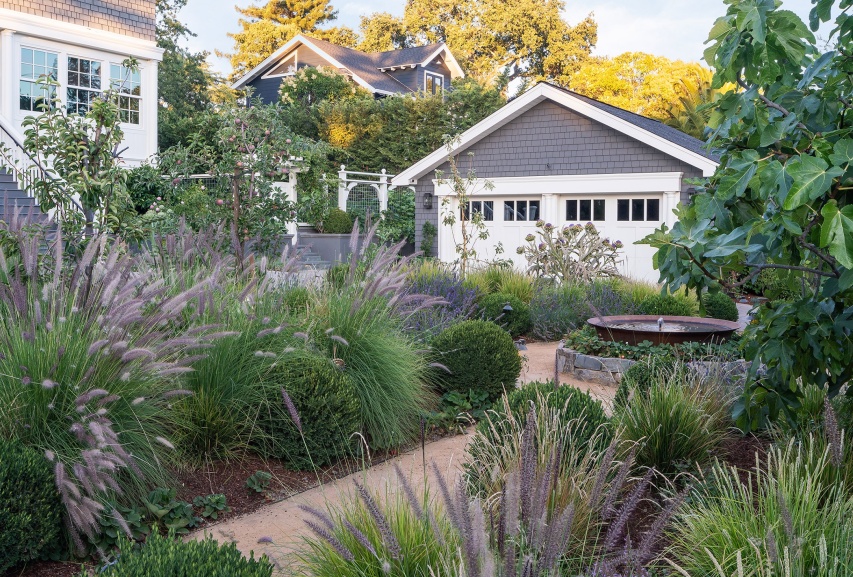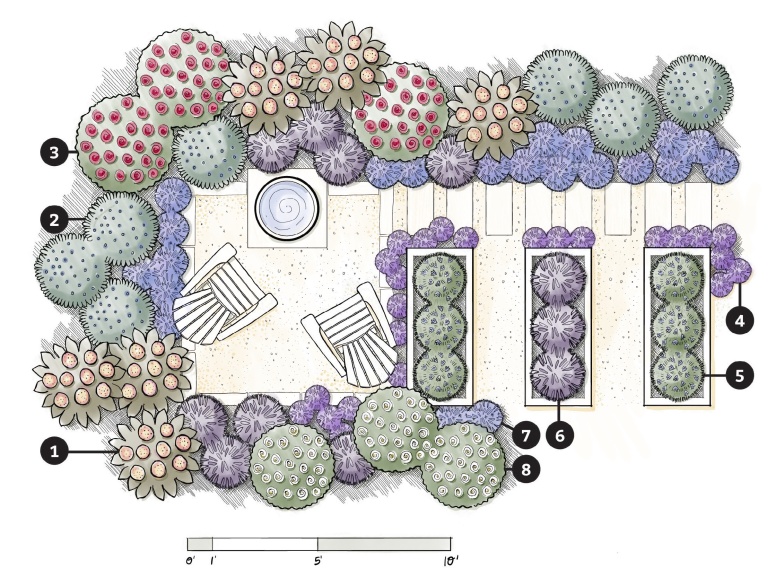You're growing in this Zip Code:
Change LocationDiscover Plants for Your Area
Limeade® Spartan Juniper
Juniperus chinensis 'Montodd' PPAF
Retailers Near You
| Description | A stunning, fast growing evergreen with vibrant yellow highlights on dark green foliage. The densely branched columnar form is well-suited for use as a formal accent, screen or windbreak. In its natural form, the symmetrical, pyramidal shape rarely needs pruning. An excellent specimen for formal topiary. Tolerates heat, cold and drought. |
|---|---|
| Bloom Time | Conifer; prized for foliage. |
| Deciduous/Evergreen | Evergreen |
| Special Features | Dramatic Foliage Color, Easy Care, Waterwise, Fast Growing, Compact Form, Benefits Birds |
| Problems/Solutions | Coastal Exposure, Deer Resistant, Rabbit Resistant |
| Growth Rate | Fast |
| Patent Act | Asexual reproduction of plants protected by the Plant Patent Act is prohibited during the life of the patent. |
| Landscape Use | Border, Container, Privacy Screen, Windbreak, Suitable for Topiary |
| Design Ideas | A beautiful alternative to the tall, stately cypress of Italy, with a dense foliage and compact form and an added element of dramatic yellow variegation to brighten smaller gardens. Grow in high quality, heavyweight concrete or ceramic containers for proper scale and stability. Dense branching creates a lovely spiral topiary, and natural columnar form is excellent for small scale screening and windbreaks. |
| Foliage Color | Variegated |
| Companion Plants | Barberry (Berberis); Maiden Grass (Miscanthus); Potentilla (Potentilla); Rose (Rosa); Lilac (Syringa) |
| Care Instructions | Highly adaptable and easy to grow in most well-drained soils; avoid overly wet conditions. Water deeply, regularly during first growing season to establish an extensive root system; reduce frequency once established. Apply a slow release fertilizer before new growth begins in spring. Prune annually to shape. |
| History | Limeade™ Spartan is a selection from the Spartan Juniper (Juniperus chinensis 'Spartan'), introduced by Monrovia in 2020. |
| Lore | J. chinensis is native to northeast Asia, including China, Mongolia, Japan, Korea and parts of Russia. The Chinese have grown the species for centuries and produced a number of their own garden cultivars before the plant was "discovered" by the west. The genus Juniperus was classified in 1767, but taxonomic confusion resulted with the introduction of other forms from China that are technically the same species but more accurately subspecies and cultivars. Further cross breeding resulted in a huge array of sizes, forms and colors. The leaves of this juniper are toxic but have been used over the years in certain home remedy ointments. Foliage is repellent to lice, and oils are extracted from the plant and used in traditional insecticides. |
| Description | A stunning, fast growing evergreen with vibrant yellow highlights on dark green foliage. The densely branched columnar form is well-suited for use as a formal accent, screen or windbreak. In its natural form, the symmetrical, pyramidal shape rarely needs pruning. An excellent specimen for formal topiary. Tolerates heat, cold and drought. |
|---|---|
| Bloom Time | Conifer; prized for foliage. |
| Deciduous/Evergreen | Evergreen |
| Special Features | Dramatic Foliage Color, Easy Care, Waterwise, Fast Growing, Compact Form, Benefits Birds |
| Problems/Solutions | Coastal Exposure, Deer Resistant, Rabbit Resistant |
| Growth Rate | Fast |
| Patent Act | Asexual reproduction of plants protected by the Plant Patent Act is prohibited during the life of the patent. |
| Landscape Use | Border, Container, Privacy Screen, Windbreak, Suitable for Topiary |
|---|---|
| Design Ideas | A beautiful alternative to the tall, stately cypress of Italy, with a dense foliage and compact form and an added element of dramatic yellow variegation to brighten smaller gardens. Grow in high quality, heavyweight concrete or ceramic containers for proper scale and stability. Dense branching creates a lovely spiral topiary, and natural columnar form is excellent for small scale screening and windbreaks. |
| Foliage Color | Variegated |
| Companion Plants | Barberry (Berberis); Maiden Grass (Miscanthus); Potentilla (Potentilla); Rose (Rosa); Lilac (Syringa) |
| Care Instructions | Highly adaptable and easy to grow in most well-drained soils; avoid overly wet conditions. Water deeply, regularly during first growing season to establish an extensive root system; reduce frequency once established. Apply a slow release fertilizer before new growth begins in spring. Prune annually to shape. |
|---|
| History | Limeade™ Spartan is a selection from the Spartan Juniper (Juniperus chinensis 'Spartan'), introduced by Monrovia in 2020. |
|---|---|
| Lore | J. chinensis is native to northeast Asia, including China, Mongolia, Japan, Korea and parts of Russia. The Chinese have grown the species for centuries and produced a number of their own garden cultivars before the plant was "discovered" by the west. The genus Juniperus was classified in 1767, but taxonomic confusion resulted with the introduction of other forms from China that are technically the same species but more accurately subspecies and cultivars. Further cross breeding resulted in a huge array of sizes, forms and colors. The leaves of this juniper are toxic but have been used over the years in certain home remedy ointments. Foliage is repellent to lice, and oils are extracted from the plant and used in traditional insecticides. |
Retailers Near You
About Us
We have been pioneers and craftsmen in the art of growing plants for nearly
100 years. Since our founding in Southern California by Harry E. Rosedale, Sr.
in 1926, we have been absolutely dedicated and obsessed with quality.
We have been pioneers and craftsmen in the art of growing plants for nearly 100 years. Since our founding in Southern California by Harry E. Rosedale, Sr. in 1926, we have been absolutely dedicated and obsessed with quality.




